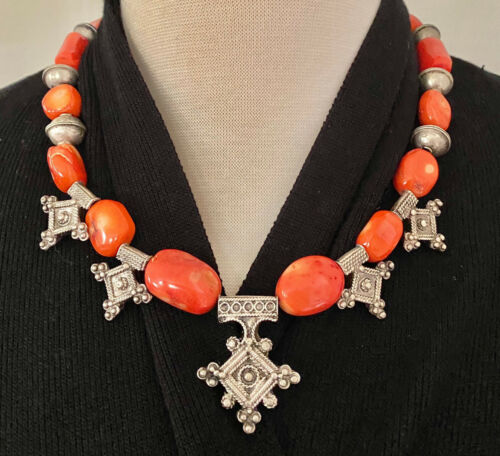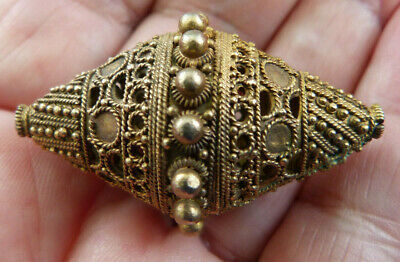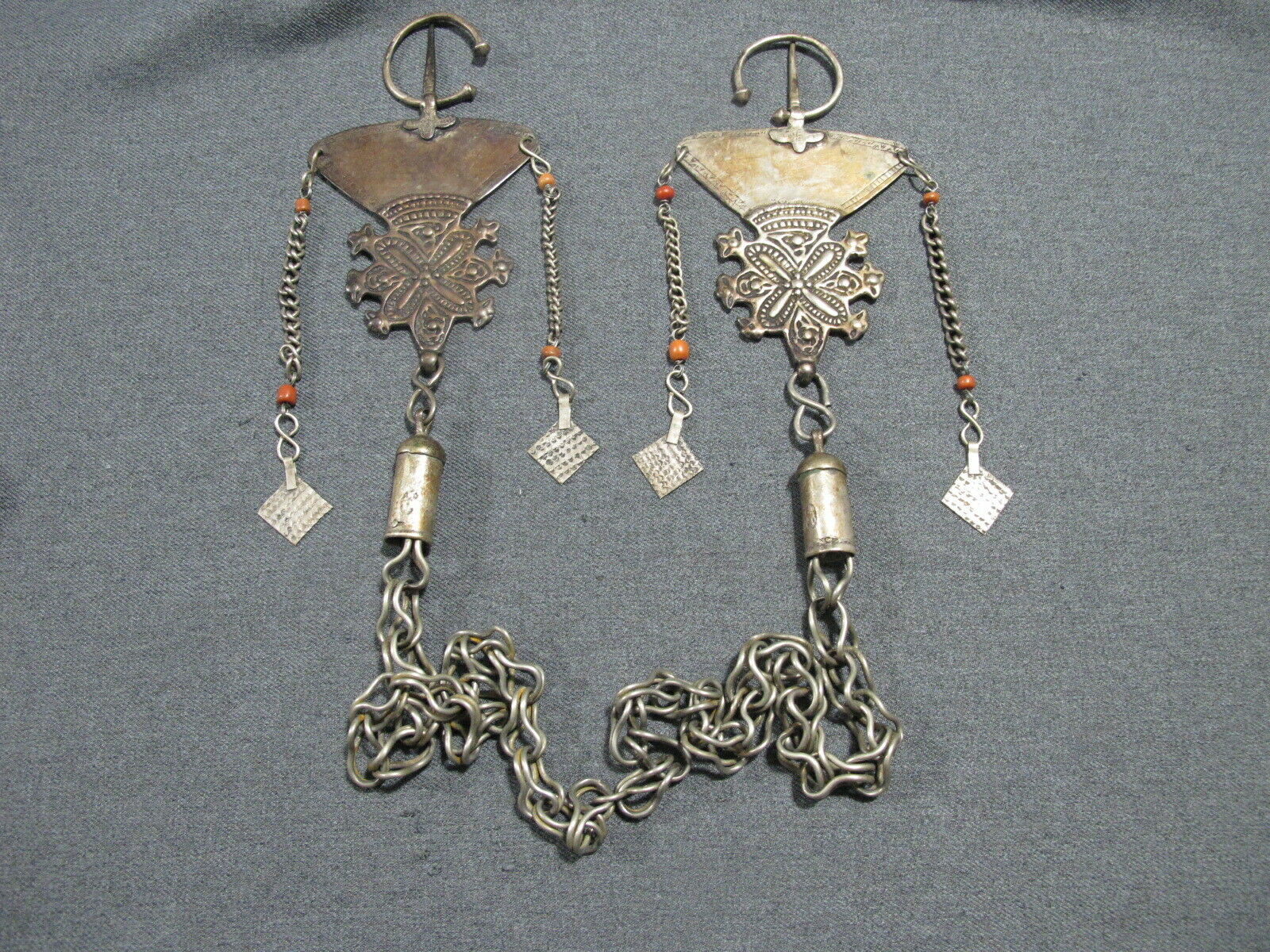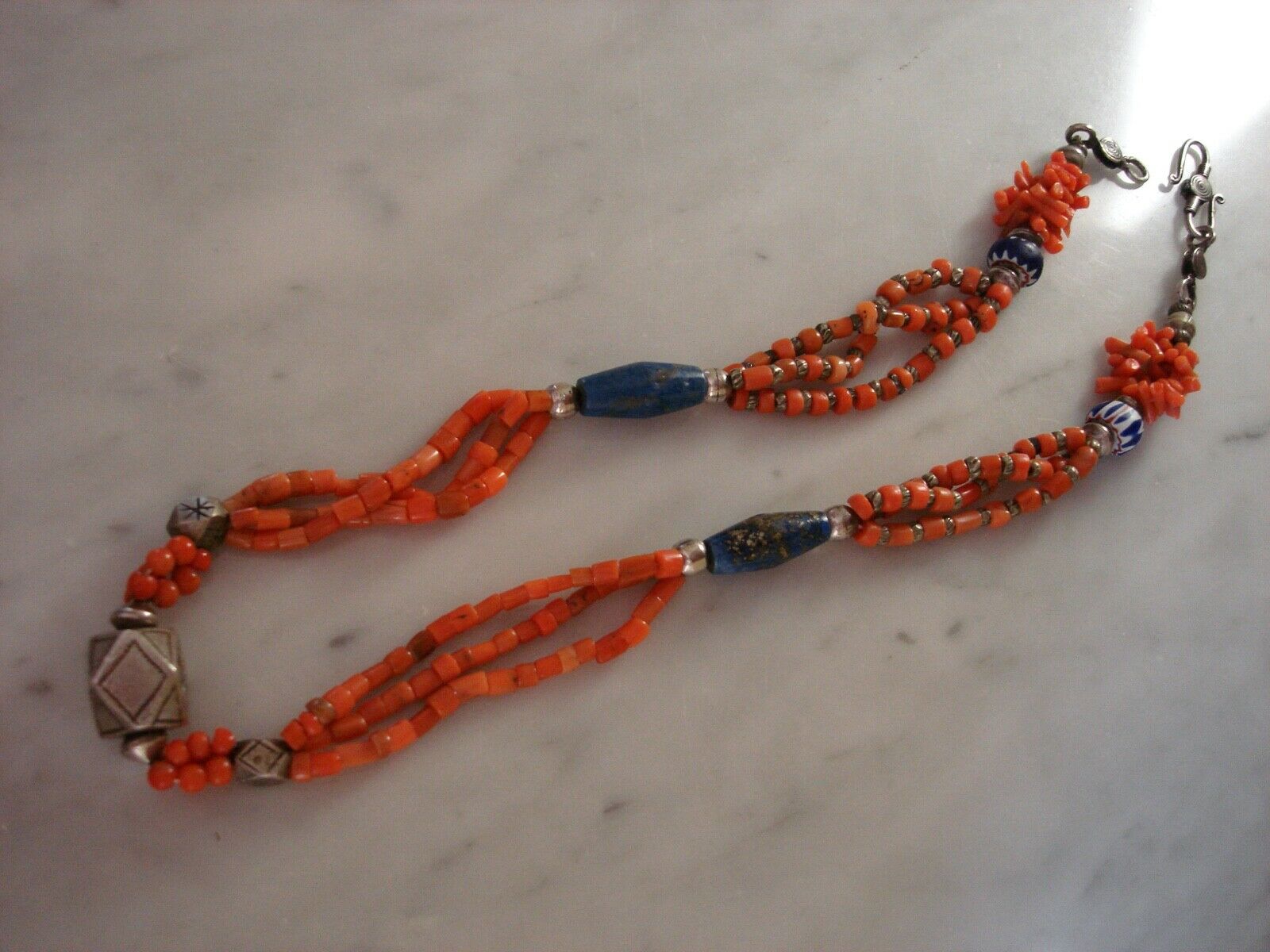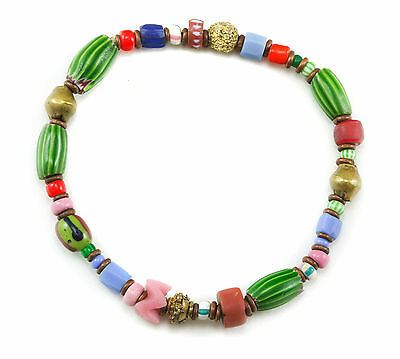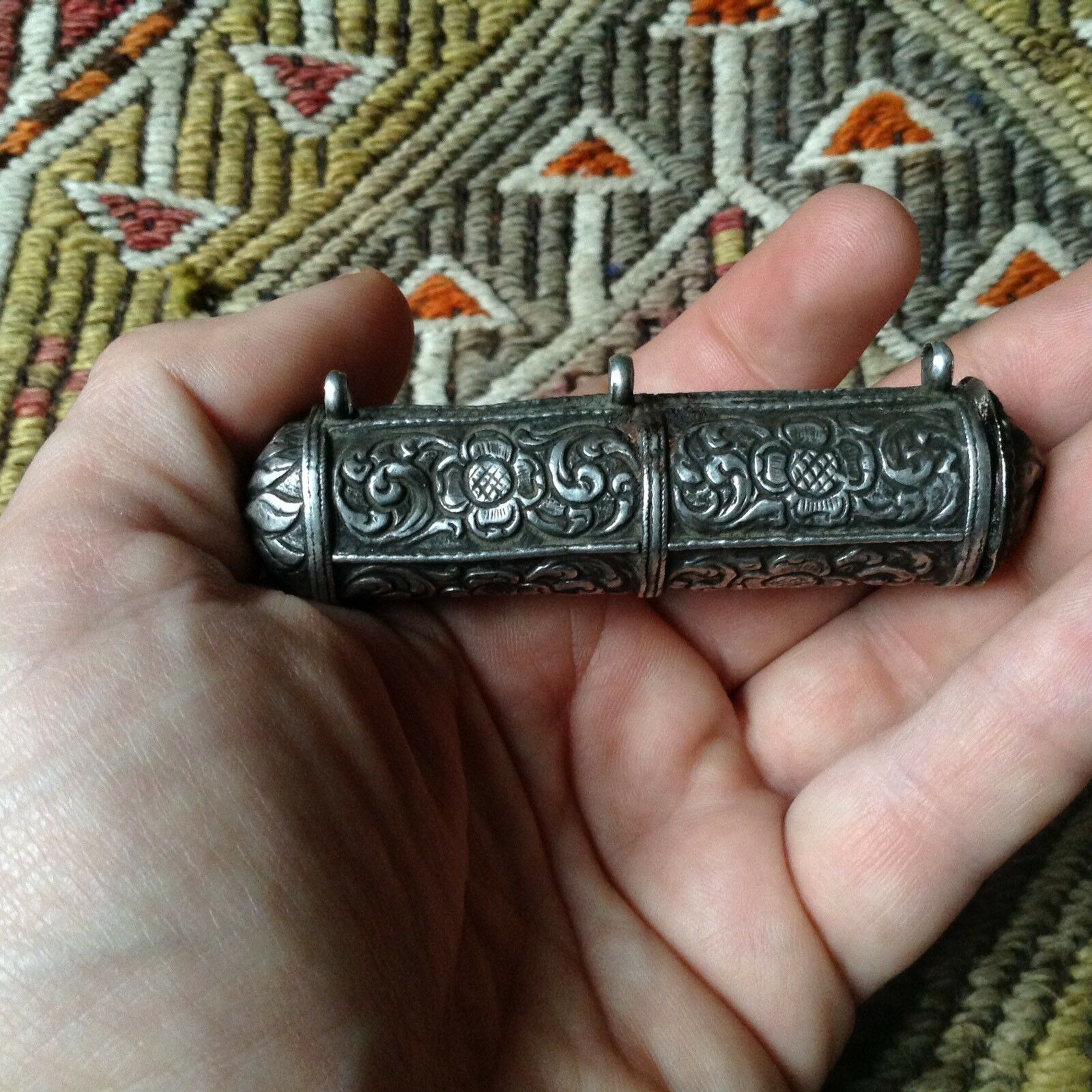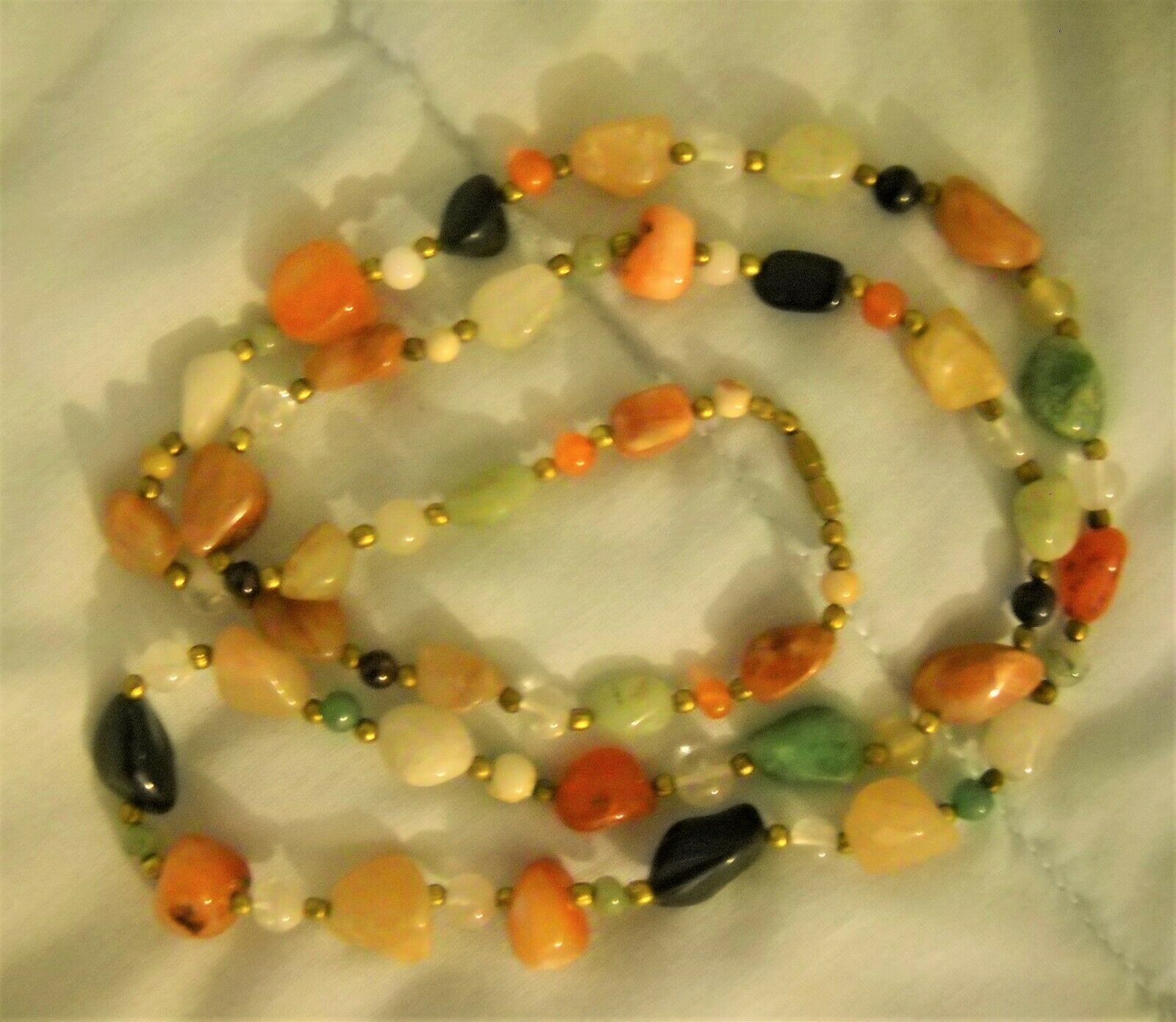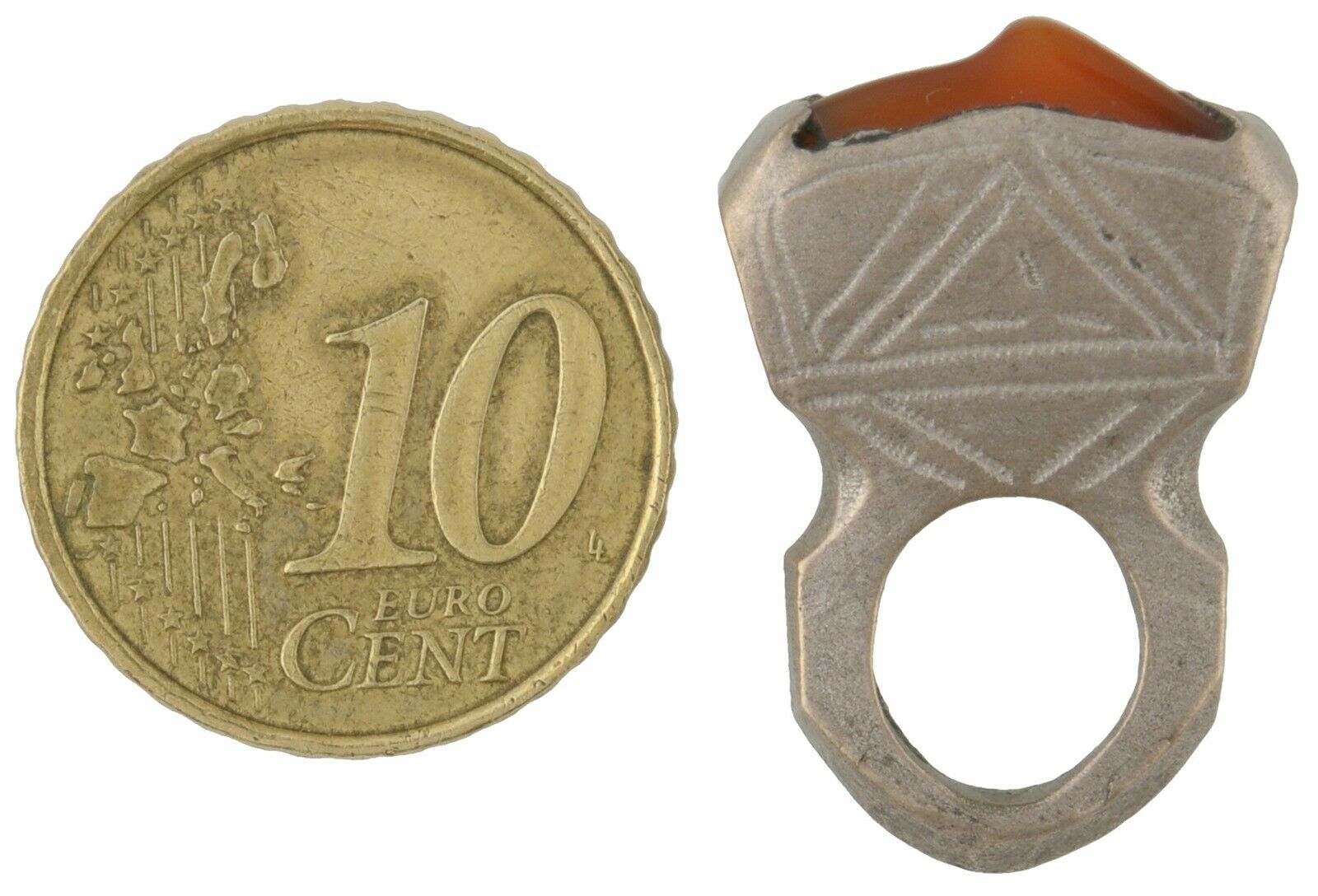-40%
Morrocan Orange Coral And 5 Boghdad southern crosses Berber Handmade Necklace.
$ 83.95
- Description
- Size Guide
Description
VintageMorrocan Orange Bamboo Coral Tuareg Berber a
nd 5 boghdad Southern crosses
silver beaded North African Sahara Necklace.
Marrakech design Ethnic old Moroccan tribal handmade one of a kind treasure.
Rare Antique orange coral and Antique Moroccan Boghdad southern cross pendants.
Old supply of rare orange bamboo coral:
14mm to 16mm.
8
Moroccan silver bicone 16mm Approximately beads.
Boghdad crosses measurements:
Center cross is 1.5” in height by 1.25 in width.
Side crosses measurements:
Approximately 1” by 1”
T
otal length of necklace is 20”.
The coral beads are irregular and may have some chips as these are old vintage.
Special Corals are well known for their red, orange or pink skeletons that have been used since antiquity for ornament, medicine, talismans and currency.
The skeletons of some coral species are so hard that they can be beautifully polished for use in sculptures and jewelry.
About the meaning of Morrocan boghdad southern berber Tuareg Crosses:
They derived from the Egyptian Ankh symbol from which would be derived the carteginese symbol of the Goddess Tanit and, finally, the Tuareg Crosses.
They are a sex symbol: especially in Agades , Zinder and In Gall crosses is evident the presence of two elements, which can be linked to a stylized depiction of the two sex symbols: the tip, male symbol, and the ring, the symbol of women.
They are said to protect from the evil eye: in the form of several types of crosses and in the decoration of almost all types appears the presence of triangular elements that constitute the representation more stylized of apotropaic eye.
Berbers call themselves some variant of the word i-Mazigh-en (singular: a-Mazigh), possibly meaning "free people" or "noble men". The name probably had its ancient parallel in the Roman and Greek names for Berbers, Mazices.
The berber language (Tamazight) is one of the oldest languages of humanity. Nowadays, it is spoken by the people of North Africa , Egyptian oasis of Siwa and the Touaregs in the Sahara (desert).
From Central Atlas Tamazight
ⴰⵎⴰⵣⵉⵖ
(amaziɣ). From the active participle
ⴰⵎ
(am) and
ⴰⵣⵉⵖ
(aziɣ), whose meaning is unknown but is possibly related to "aze" ("to be strong" in Taznatit), or perhaps "jeɣeɣ" ("to be brave" in Tamasheq); z and j frequently swap out in The Berber are the indigenous people of North Africa, west of the Nile Valley. Many Berbers call themselves some variant of the word Imazighen(singular: Amazigh), possibly meaning "free people" or "free and noble men". The word has probably an ancient parallel in the Roman name for some of the Berber, "Mazices".
The name Berber comes from the name given to this people by the Romans, meaning barbarians. The history of the Berber people in northern Africa is both extensive and diverse. Their oldest ancestors settled in the East of Egypt.
Vintage Morrocan Boghdad berber Tuareg Crosses:
They derived from the Egyptian Ankh symbol from which would be derived the carteginese symbol of the Goddess Tanit and, finally, the Tuareg Crosses.
They are a sex symbol: especially in Agades , Zinder and In Gall crosses is evident the presence of two elements, which can be linked to a stylized depiction of the two sex symbols: the tip, male symbol, and the ring, the symbol of women.
They are said to protect from the evil eye: in the form of several types of crosses and in the decoration of almost all types appears the presence of triangular elements that constitute the representation more stylized of apotropaic eye.
